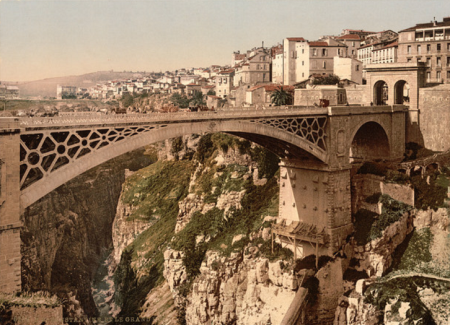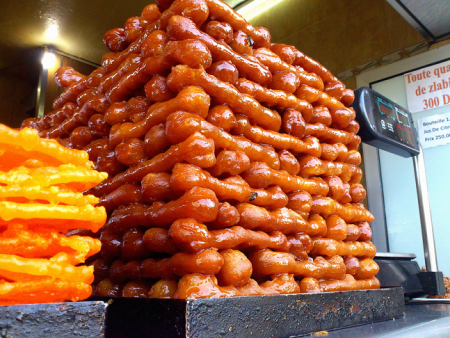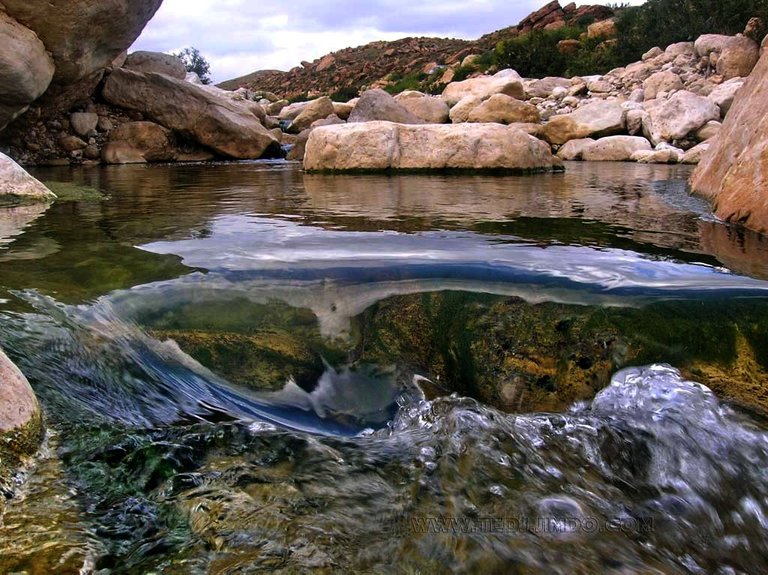Algiers has a faded, run down beauty. The centre of the city is full of white stuccoed buildings in the French colonial style and you’ll love exploring the up-and-down streets and avenues. Pack a pair of stout walking shoes though, as it’s a hilly place. And as you take a break, sipping a coffee and people watching at one of the many excellent cafes dotted around town, you may be wondering where all the tourists have gone. Don’t worry: the last ones left circa 1962, so you really will have the place to yourself.

Algerian cities are known for not only their ancient sites and diversity, but also for their beauty. Algiers hosts lively streets which offer visitors the ultimate experience with its unique cafes and restaurants. The famous cities of Oran and Constantine, voted the Cultural Capital of the Maghreb 2015, by the coast are great places to visit.

Algerian Cuisine One of the things I miss the most is Algerian cuisine, especially their baked goods. Whether you are at home or in the street, there is always a chance to enjoy amazing homemade dishes such as a good plate of handmade couscous or the tagine. I must also mention the mouthwatering ‘Algerian pizza’, oven cooked chicken and the bakeries filled with all kind of desserts and sweets.

Algeria's environment is affected in large amounts by the Algerian people. Currently, people have caused such damage as soil erosion from overgrazing and poor farming techniques, dumping of raw sewage, petroleum refining wastes, and other industrial issues leading to the pollution of rivers, coastal waters, and the Mediterranean sea. The water pollution comes from oil wastes, soil erosion, and fertilizer runoff. All of that adds up to an unsafe environment for wildlife and humans alike. The roadways cover 111,261 km of the country which is 38th in the world. 38th place may seem like a good ranking, but Algeria 10th in the world for area. This means that it doesn't have as much road as at least 28 smaller countries. 81,732 km of that road is paved. 29,529 km isn't. From this we can tell that there is probably more urban areas then rural. Railways cover 3,973 km, which is 44th in the world. This means there are at least 34 smaller countries that have more railwaysLiberian envrionment problems include; tropical rain forest deforestation; soil erosion; loss of biodiversity; pollution of coastal waters from oil residue and raw sewage


Iteresting!
Thanks :) come to visite
Nice poste !
thanks !
بتوفق لك أخي